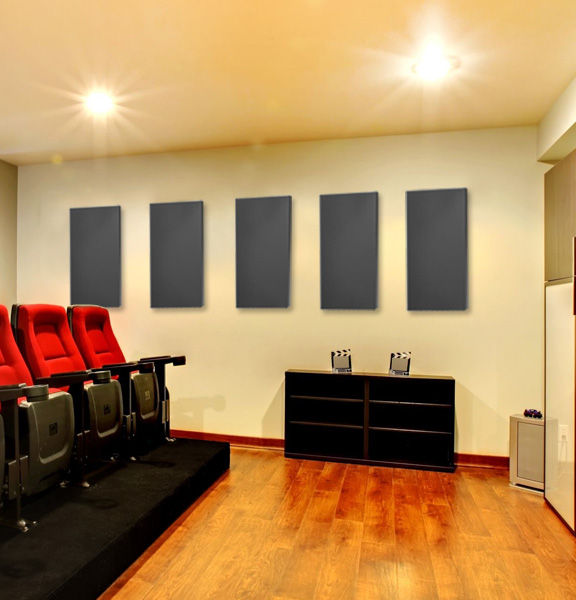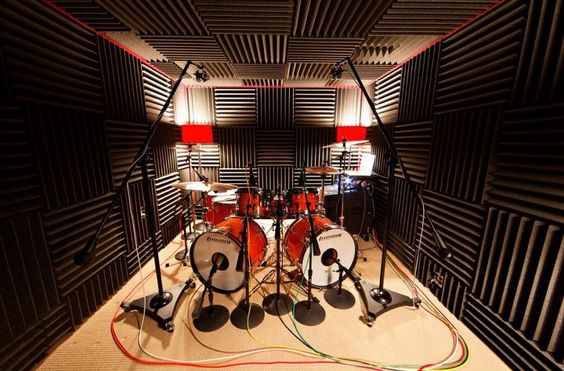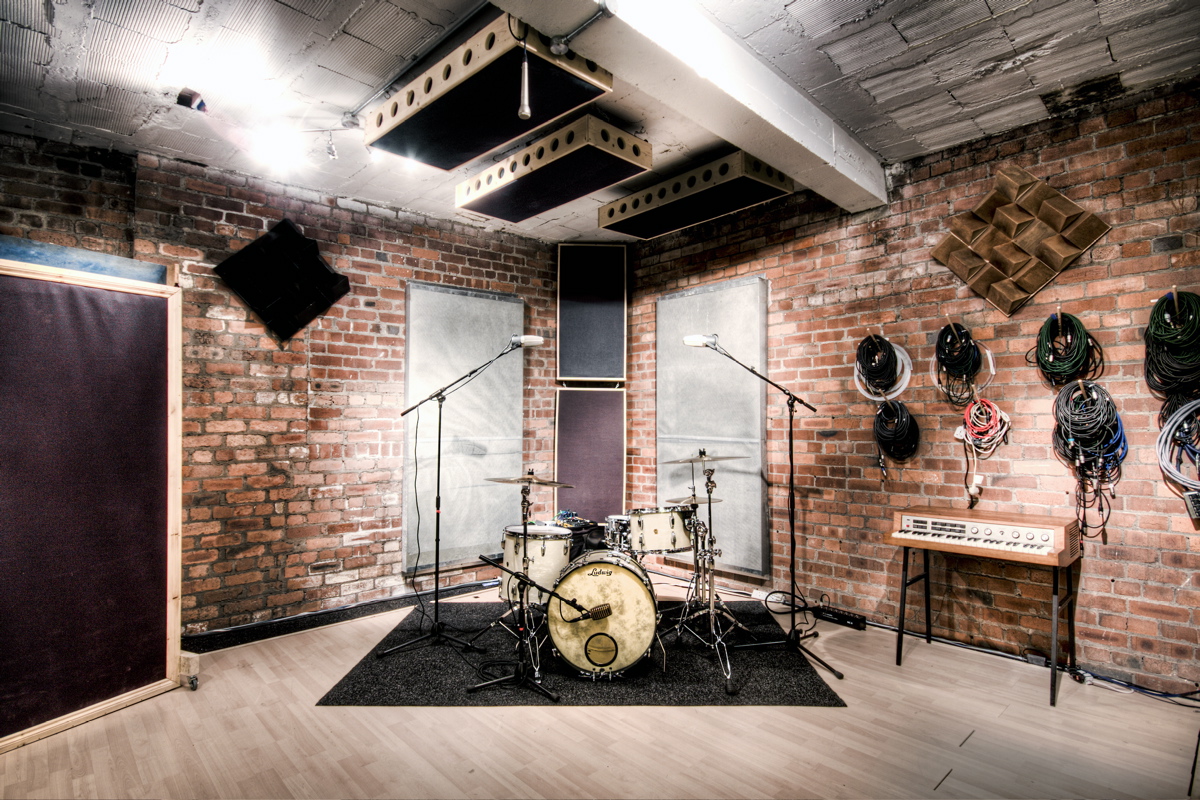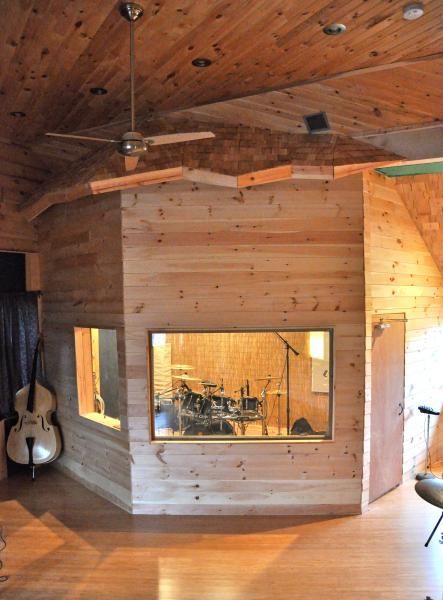FAQ: How To Reduce Traffic Noise
- Mar 2, 2017
Open windows and balconies on busy streets can cause almost unlivable home, apartment, and condo noise. In this blog, we explain how to reduce traffic noise using acoustic panels.
Q: My wife and I own a condo on the sixth floor of a building that fronts a busy street. We’re looking to learn how to reduce traffic noise on our balcony, which spans 2/3 of the width of our condo. I believe that the bulk of the noise is reflected from the balcony ceiling. The balcony decks are concrete, and the ceiling of our balcony is the underside of the deck above. Our ceiling is unfinished, and I am reluctant to drill into the concrete, so would prefer an adhesive application. The ceiling is 27' wide and 5'4" deep. The balconies are partially enclosed (Lexan panels on the lower half, screens on the upper) and the ceiling is largely protected from the weather, although in heavy rains some moisture will penetrate a few inches from the outside edge of the ceiling due to runoff from the deck above. Any help quieting our condo noise is appreciated.
A: How to reduce traffic noise is a common question Audimute is asked. You are correct is assuming that a bulk of the condo noise is being reflected off of the ceiling of your balcony, and using absorption here will definitely help to reduce the amount of sound that is built up within your space.
Since the bottom half of the balcony is Lexan this, too, is helping to hold the reflected sound in and causing the sound pressure levels to build up. Treating the ceiling is most definitely the right way to go.
We would suggest our lightweight AcoustiColor™ flexible design acoustics for a custom color choice or natural sound absorbing wall tiles for a muted appearance. Made from our eco-C-tex recycled material, these lightweight frameless panel options are custom painted instead of fabric wrapped and can be mounted on the ceiling using a heavy duty construction adhesive instead of drilling holes into the concrete. It’s important to note that eco-C-tex is not designed for outdoor applications, but will hold up in situations where it is shielded from the harsher elements.
On a ceiling this size, a 12 pack of the 2'x4' panels would help to reduce the reflection off of the ceiling enough to make a noticeable difference. Keep in mind, though, that absorption materials will not eliminate the sound but help to reduce the build up of sound in the balcony causing your condo noise, resulting in what should be a quieter and more enjoyable space.
If you’re looking for how to reduce traffic noise in your home, check out our natural and custom colored eco-C-tex tiles, or call an Acoustic Specialist at (866) 505-MUTE for personalized advice.





 locations. Moving any of these elements will change the primary reflection points of sound throughout your space.
locations. Moving any of these elements will change the primary reflection points of sound throughout your space.




